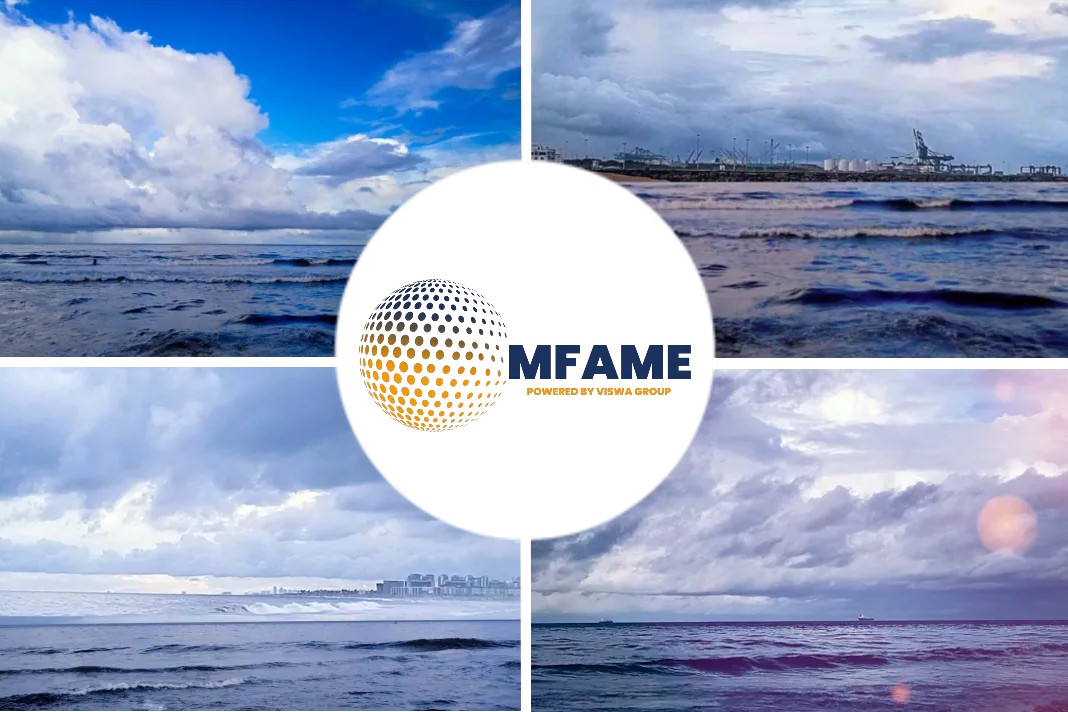- Pacific rates fall to $285,000/day from $320,000/day end-Nov
- Spot vessel availability improves, but still tight
- Asia-Pacific to continue to draw LNG from other basins
Asia-Pacific LNG shipping rates have eased from record highs as Asian spot LNG demand has softened due to moderate weather, healthy inventories at North Asian terminals and high spot prices that are keeping most end-users on the sidelines, says Platts Market Insight.
LNG demand
The S&P Global Platts LNG shipping rates fell to $285,000/day from a record high $320,000/day at end-November, while the Atlantic rate fell to $240,000/day from $260,000/day.
Spot LNG carrier
Spot LNG carrier availability in the Pacific improved to over a dozen vessels from single digit levels a few weeks ago, helping slow the surge in freight rates.
While spot vessel availability has improved, a sudden cold wave in North Asia could still boost spot LNG demand and reverse sentiment, market participants said.
Freight rates
Freight rates continue to remain relatively high and are dis-incentivizing long-haul imports from the US, and the shipping market could easily flip as most shipowners are not actively placing vessels in the Pacific region.
Spot LNG
Currently, most shipments from the US to Asia are term supplies backed by buyers who had locked in ships earlier, a broker said. This means that if spot LNG inflows to Asia remain low, the market could tighten very quickly should temperatures start to drop unexpectedly.
“Asia Pacific will continue to draw on volumes from outside the region given supply is expected to remain relatively flat to current levels over the winter months,” Jeff Moore, manager of Asian LNG Analytics at S&P Global Platts, said.
“This draw from other regions will continue to promote cross-basin trade and could support shipping rates and the JKM-TTF spread at $3/MMBtu, or higher, through at least to February.”
The S&P Global Platts JKM for January was assessed at $34.729/MMBtu Dec. 9, with the upward surge in European gas prices tempered by slowing demand in Asia. LNG freight costs from the US Gulf Coast to Northeast Asia stood at $6.19/MMBtu through the Panama Canal Dec. 9 and $9.68/MMBtu via the Cape of Good Hope.
High spot rates
Shipbrokers noted that most spot LNG vessels available were from portfolio players and large LNG importers as shipowners have fully chartered out their vessels for winter. Hence, spot vessel availability depends on the portfolio player’s own optimization needs and whether they can get a better price from subletting at high spot rates.
Tonnage availability
One shipbroker said charterers with available tonnage are also unwilling to deploy tankers for long-haul trades because they prefer to maintain fleet flexibility so that they can mobilize vessels quickly within the same basin.
Some outages at loading and receiving terminals in the Pacific like Prelude LNG and Bangladesh’s FSRU have helped increase vessel availability, but it will not take much for the market to flip to shortage again, shipbrokers said.
“The weather hasn’t turned much colder, so I’m not bullish [on] JKM, unless shipping is really that tight, so the big thing to look out for this winter would be shipping,” a Singapore-based trader said.
“Both shipping rates and arbitrage are tracking each other closely, and if the arbitrage is open, the owners will raise the rates,” a China-based trader said. He said that mainly Japanese traders and European utilities were offering US LNG cargoes because they had chartered vessels beforehand.
“If you do not have a slot booked you will definitely travel by Suez/Cape, but in my opinion this has been priced in already, because a month ago it was 10 waiting days, so I don’t think anyone would wait at Panama for that,” another Singapore-based trader added.
Did you subscribe to our daily newsletter?
It’s Free! Click here to Subscribe!
Source: Platts























